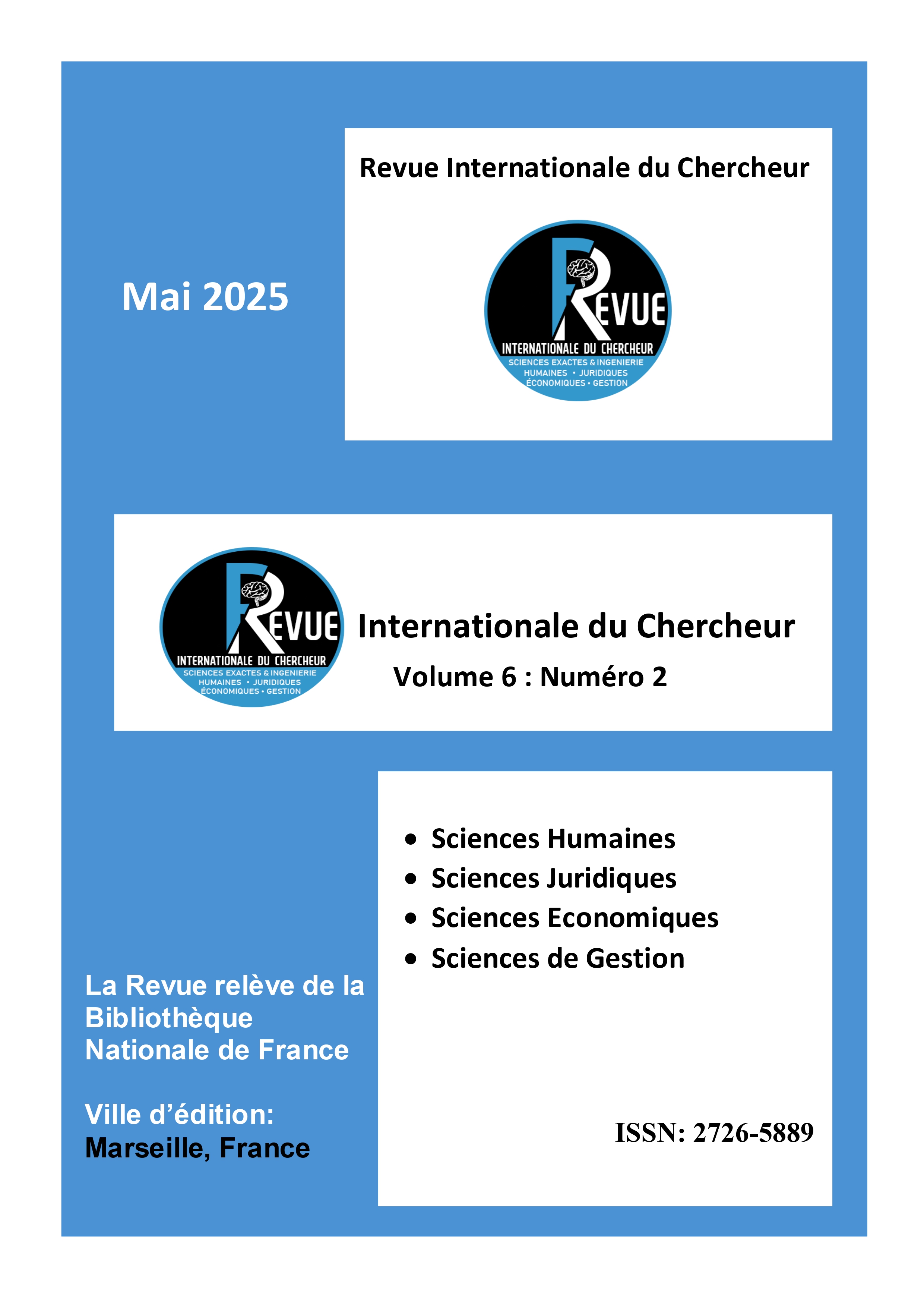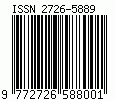The body as a myth:Literary and symbolic deconstruction of gendered representations
Keywords:
Body, myth, fantastic symbol, archetype, gendered representationAbstract
Abstract:
Sigmund Freud’s familialistic myth and its theorem about desire repression as effect of the oedipianization of the unconscious did not suit Gilles Deleuze, not as much as the existence of subjective-self as exclusive reflection of collective representations or social-self. There is no self as centre of representation. Such a deconstruction of the centre of power or representation is really what forms the framework of our article. The analysis of three literary works: L’Insoumise de la Porte de Flandre by Fouad Laroui, Médée chérie by Yasmine Chami and Le Pays des autres by Leïla Slimani, suggests that it is at the elementary level of family, or of its traditional image, that the mythical construction of individual body takes shape, while stifling the characters’ impetus of desire. By contrast, the anima and the animus, as archetypes of the unconscious according to Jung, Bachelard and Valabrega, contain fantastic symbols of desire that go far from the cultural antagonism in its representations of the two categories of the feminine and the masculine. In this way our objective will be to reveal the gendered power relations and propose at the same time alternative and more spontaneous constructions of the relationship between the psyche and its environment.
Downloads
Downloads
Published
How to Cite
Issue
Section
License
Copyright (c) 2025 Abdelhalim ZITI

This work is licensed under a Creative Commons Attribution-NonCommercial 4.0 International License.















